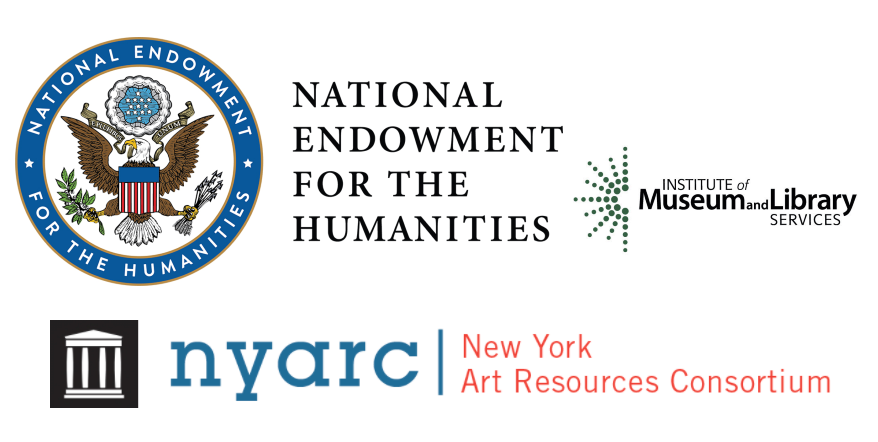Art historians, critics, curators, humanities scholars and many others rely on the records of artists, galleries, museums, and arts organizations to conduct historical research and to understand and contextualize contemporary artistic practice. Yet, much of the art-related materials that were once published in print form are now available primarily or solely on the web and are thus ephemeral by nature. In response to this challenge, more than 40 art libraries from across the United States and Canada worked to establish a collective approach to preservation of web-based art materials at scale, the Collaborative ART Archive (CARTA).
Initially supported by grant funding awarded by the Institute of Museum and Library Services (IMLS) and the National Endowment for the Humanities (NEH) to the Internet Archive and the New York Art Resources Consortium (NYARC), the CARTA community has successfully aligned effort across libraries large and small for preservation of and access to web-based art resources. Through this consortial approach, the project leverages shared infrastructure, expertise and collecting activities amongst participating organizations, scaling the extent of web-published, born-digital materials preserved and accessible for art scholarship and research. CARTA member organizations identify and nominate websites within the scope of eight (8) collection topics, including: Art Criticism; Art Fairs and Events; Art Galleries; Art History/Scholarship; Artists Websites; Arts Education; Arts Organizations; and Auction Houses.
The collaborative’s goals are to promote streamlined access to art reference and research resources, enable new types of scholarly use for art-related materials, and ensure that the art historical record of the 21st century is readily accessible far into the future.
Learn more about the initiative from our Frequently Asked Questions.
